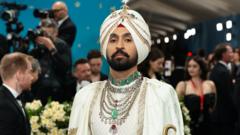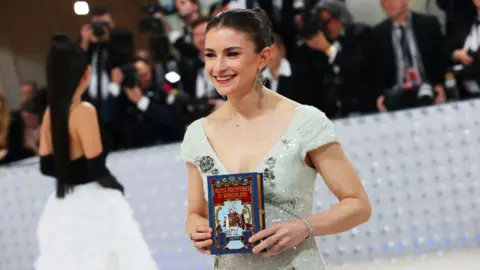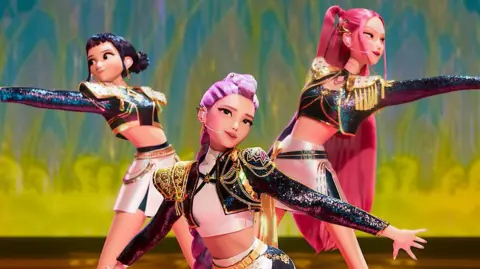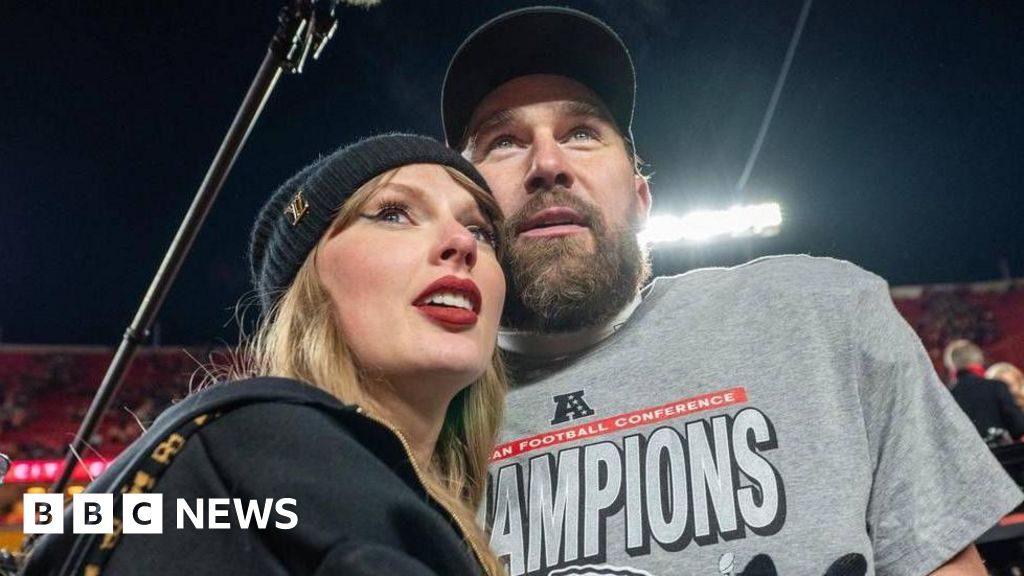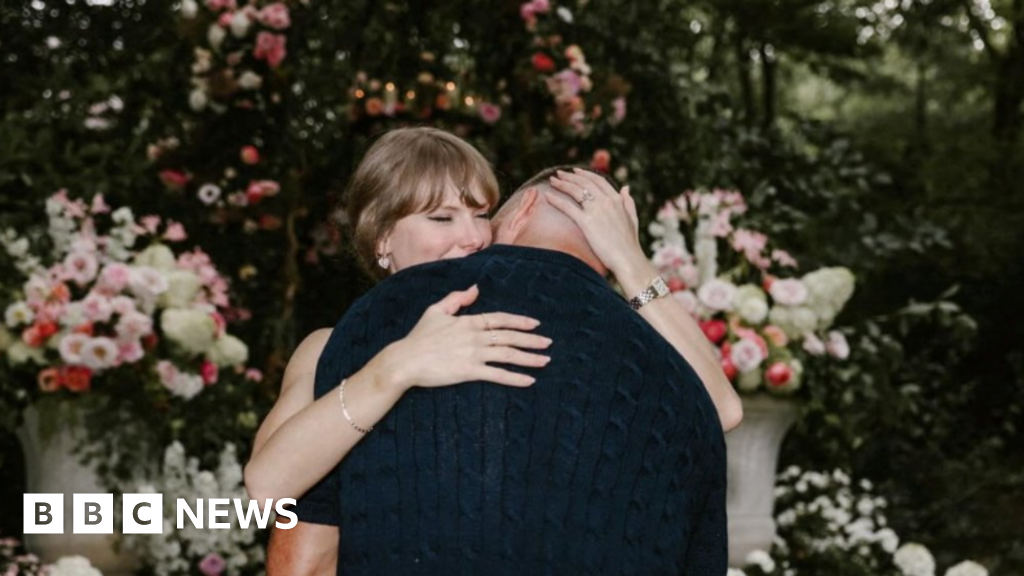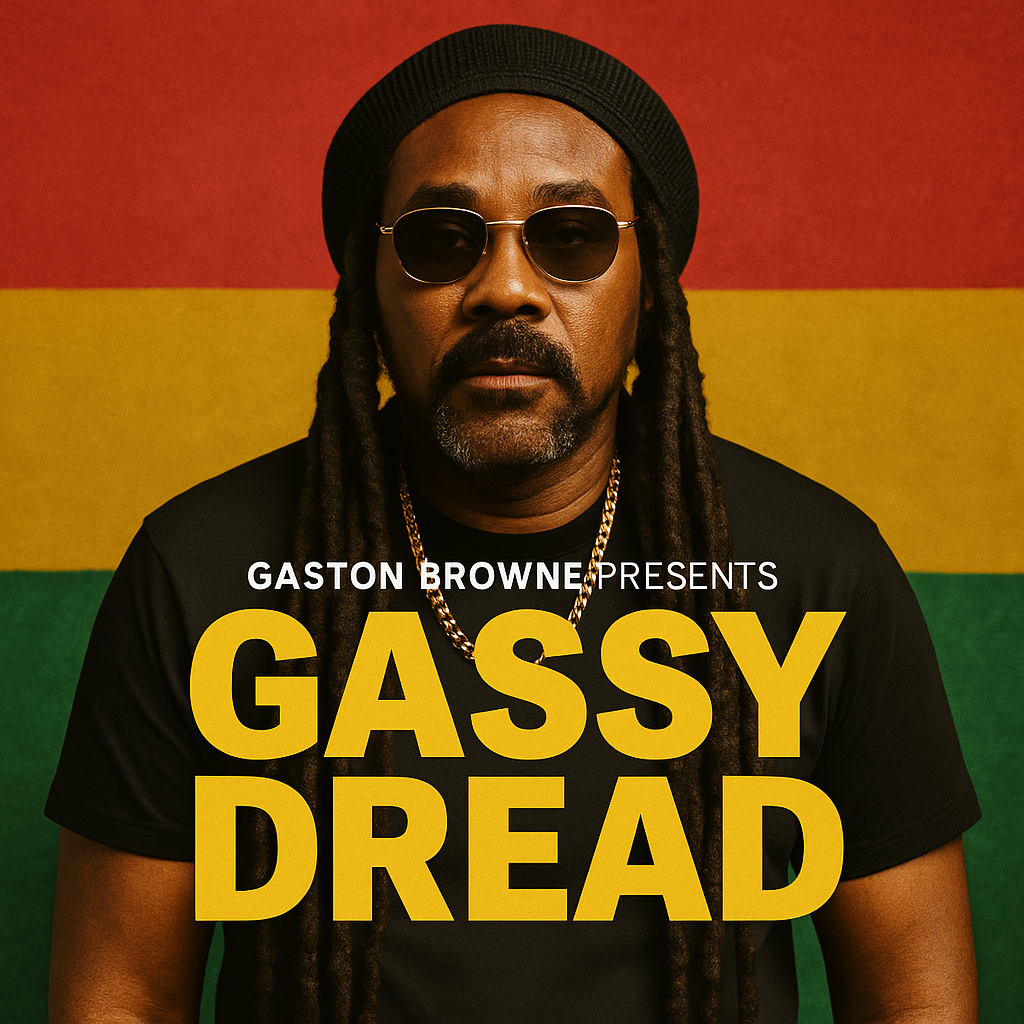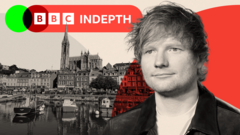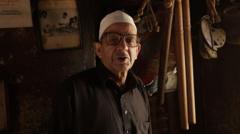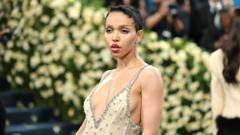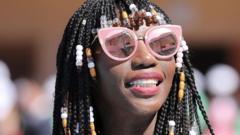As Punjabi artists gain traction on the world stage, the traditional art of bhangra and its associated fashion are undergoing a remarkable transformation. With the likes of Diljit Dosanjh making headlines—notably at the Met Gala with an extravagant homage to early 20th-century Indian royalty—hip-hop culture is infusing fresh energy into Punjabi aesthetics. Dosanjh's standout ivory and gold attire, crafted by designer Prabal Gurung, featured opulent details, including a jewel-encrusted turban and a necklace reminiscent of a Punjab king’s heritage, emphasizing his dual role as a cultural ambassador and fashion innovator.
Dosanjh isn't alone; he embodies a movement where traditional Punjabi attire meets Western influences. Bhangra’s evolution has propelled a cultural shift that encourages high-performance sneakers in competitions while colorful crop tops and deconstructed pants now typify dance scenes in places like Berlin. Punjabi music, replete with energetic beats and references to global luxury, has burgeoned into a vibrant subculture appealing to both diasporas and younger audiences worldwide.
The influence of Punjabi artists extends beyond Dosanjh, with others like Jazzy B and Badshah reshaping street style and music scenes. Jazzy B's oversized rings and pendants, along with Badshah's signature yellow-tinted glasses, have created fashion statements that resonate strongly among Punjabi youth. However, unlike previous local icons, Dosanjh and his contemporaries elevate Punjabi style to a global platform, leading to sold-out merchandise and aspirational trends that reach far beyond regional borders.
Experts highlight that this reinvention emerges from the Punjabi community's inventive spirit. Historical connections to Western pop culture play a vital role, with a younger generation melding hip-hop sounds with rich Punjabi heritage. The style's evolution—from gold chains to trendy silhouettes—reflects a journey from traditional rural imagery to a dynamic global identity.
As luxury and logo-driven fashion took hold in Punjab from the 2000s onwards, the community embraced this change as a symbol of upward mobility. The shift signifies more than a mere fashion trend; it encapsulates a movement from agrarian roots to global consumerism, as best articulated by singer Rabbi Shergill.
Interestingly, Punjabi musicians have crafted their image to include a blend of androgyny alongside hyper-masculinity. Artists merge opulent designer creations, spanning performances in vast venues like the Burj Khalifa to intimate gatherings back in Punjab, all while maintaining a clear cultural connection.
As Punjabi bhangra morphs to include more urban and contemporary attire—sneakers, T-shirts, and denim—this shift reflects a broader cultural signature of modern identity. Local performance styles now celebrate versatility, embracing influences from music icons while maintaining essential cultural elements.
In the contemporary Punjab landscape, emerging artists no longer merely adopt traditional garb but rather redefine it, exploring a unique style lexicon and reshaping the concept of cultural identity. The impact continues to be profound, with a distinctly cosmopolitan flair redefining what it means to be Punjabi on both personal and cultural levels.

